
| Recorded by: Mark Shields, Laurie Hamon on 2025-09-19
Onslow Co.
Comment: | 
| Recorded by: R. Teper., David George, P. Coin., K. Bischof on 2025-08-16
Transylvania Co.
Comment: |

| Recorded by: David George, Kevin Bischof, Rich Teper, Patrick Coin on 2025-08-15
Transylvania Co.
Comment: | 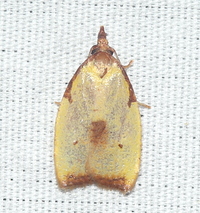
| Recorded by: Jeff Niznik, David George, Rob Van Epps, Kevin Metcalf on 2025-07-20
Richmond Co.
Comment: |

| Recorded by: David George on 2025-06-29
Richmond Co.
Comment: | 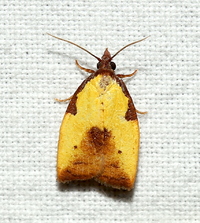
| Recorded by: Jeff Niznik, David George, Larry Chen, Sarah Toner, Joye Zhou on 2025-06-20
Richmond Co.
Comment: |

| Recorded by: David George, Jeff Niznik, Jim Petranka, Becky Elkin on 2025-05-24
Richmond Co.
Comment: | 
| Recorded by: David George, Jeff Niznik on 2025-05-24
Richmond Co.
Comment: |
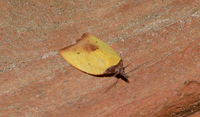
| Recorded by: Hunter Phillips, Mark Shields on 2024-06-29
Onslow Co.
Comment: | 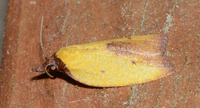
| Recorded by: Hunter Phillips, Mark Shields on 2024-06-29
Onslow Co.
Comment: |

| Recorded by: Jeff Niznik on 2024-06-15
Scotland Co.
Comment: | 
| Recorded by: F. Williams, S. Williams on 2023-10-22
Gates Co.
Comment: |
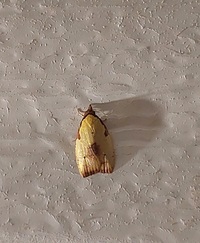
| Recorded by: Mark Basinger on 2023-10-02
Brunswick Co.
Comment: | 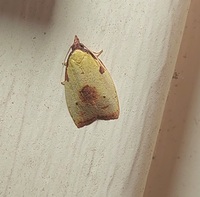
| Recorded by: Mark Basinger on 2023-10-01
Brunswick Co.
Comment: |
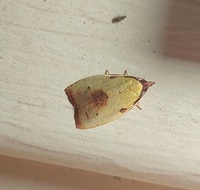
| Recorded by: Mark Basinger on 2023-10-01
Brunswick Co.
Comment: | 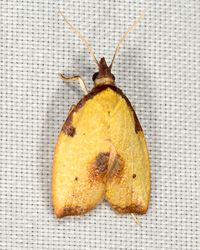
| Recorded by: Mark Shields on 2023-09-02
Onslow Co.
Comment: |
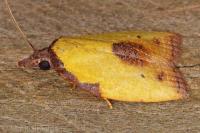
| Recorded by: Mark Shields on 2020-07-03
Onslow Co.
Comment: | 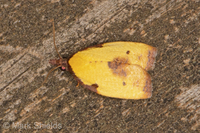
| Recorded by: Mark Shields on 2019-08-31
Onslow Co.
Comment: |

| Recorded by: Mark Shields on 2019-07-31
Onslow Co.
Comment: | 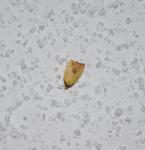
| Recorded by: K. Bischof on 2010-09-20
Beaufort Co.
Comment: |

| Recorded by: E. Corey, T. DeSantis, F. Williams, S. Williams on 2009-09-15
Camden Co.
Comment: |

 »
»




 »
»


